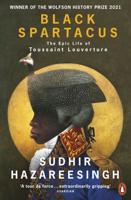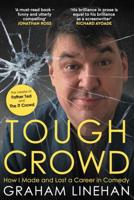Publisher's Synopsis
Milton H. Erickson was the most influential hypnotherapist in the 20th Century. The extant literature on Erickson, including his own numerous writings, is enormous in its sheer bulk. However, almost all of it consists of descriptions and critiques of his methods, techniques and concepts, and case histories of his patients. There is no standard biography and only a small amount of biographical matter in the many books about him. Edmonston in The Induction of Hypnosis (New York, 1986) has one page on Erickson's life, followed by 19 pages of his techniques and results. Jay Haley in his selections from Erickson's papers, published under the title Advance Techniques of Hypnosis and Therapy (New York 1967), provides some material on Erickson's life and career. Additional biographical data can be found in Haley's 1973 work, Uncommon Therapy, W. W. Norton, New York. With the exception of the family memoir Milton H. Erickson, M.D., An American Healer, edited by Betty Alice Erickson, M.S. and Bradford Keeney, Ph.D. (Ringling Rocks Press 2006) there is no standard biography of Erickson and only a small amount of biographical matter in the numerous books treating of him. That was my motivation in publishing this concise biography of The Life and Times of Milton H. Erickson, M.D., The Master Wounded Healer. An earlier version of this biography was published in a much longer work The World's Greatest Hypnotists (University Press of America, 1996). Understandably the benchmark for a biography is its accuracy. This book meets that criterion. How can I make such a bold statement, you ask? Let me explain: In a book review published in The Milton H. Erickson Foundation Newsletter, (Fall 1997) Erickson's daughter Roxanna Erickson Klein, Ph.D., R.N. said in reference to my history of hypnotism ." . . The most contemporary of the hypnotists identified in this work is Milton H. Erickson. Two chapters are dedicated to his life and his work. For this review, his widow, Elizabeth, was asked to read these two chapters carefully, and search for errors. Although one relatively inconsequential error was found (Erickson fell ill with polio after high school, not between his junior and senior year as reported) both she and I were very positively impressed with the comprehensiveness and overall accuracy of the author's account. . . ." John C. Hughes, D.C. Las Vegas, NV








